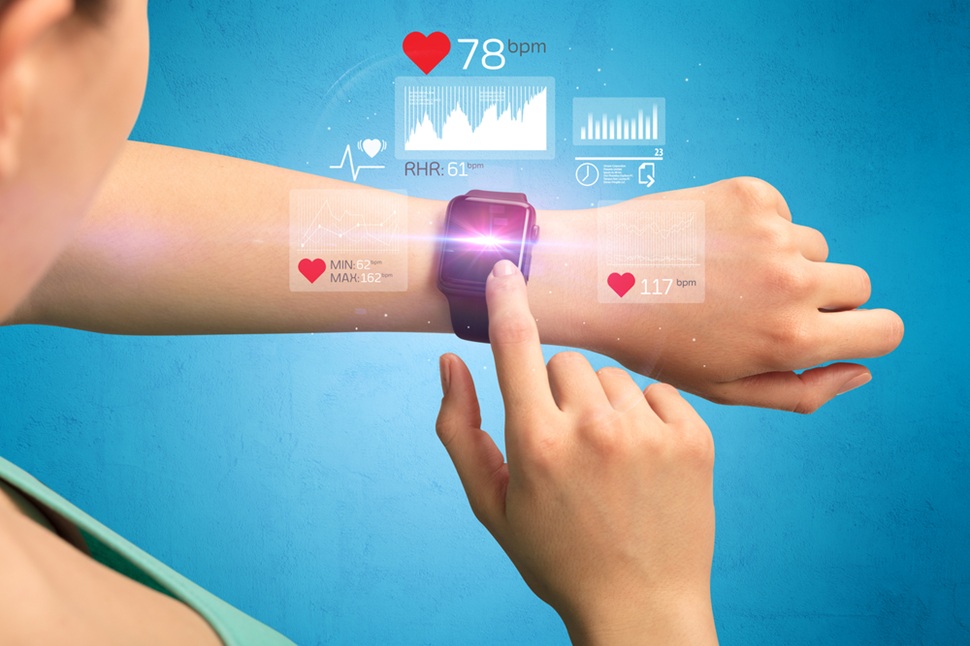Wearable technology is on the brink of a transformation. By 2035, expect devices that are slimmer, smarter, and astonishingly powerful; think plaster-thin sensors that track your health in real time, detect diseases before symptoms appear, and run for years without a single recharge. These next-generation wearables won’t just sit on your wrist; they’ll become a seamless extension of your body, redefining how we care for our well-being and stay connected to the world.
Plaster-Thin Devices Transform Health Monitoring
Wearables in 2035 will be as thin as plasters. These lightweight devices will stick to your skin, blending seamlessly into daily life. Equipped with advanced sensors, they’ll monitor vital signs like heart rate, blood oxygen, and glucose levels. Early disease detection will be a game-changer. Chronic conditions like diabetes or heart disease could be caught early, empowering users and doctors with real-time data.

Batteries That Last for Years
Battery life is a key focus for future wearables. By 2035, devices could run for years, not days. Advanced energy-efficient chips, like those being developed by MIT, will power these wearables. This eliminates frequent charging, making devices more convenient. Long-lasting batteries will support continuous health monitoring, ensuring no data gaps.
Smartwatches Evolve Beyond the Wrist
Smartwatches will remain central to wearable tech in 2035. They’ll offer more than notifications and fitness tracking. Enhanced sensors will provide medical-grade insights, such as blood pressure or ECG readings. Some predict smartwatches could replace smartphones entirely. With sleeker designs and vibrant AMOLED displays, devices like the OnePlus Watch 3 show where the industry is headed.
Smart Contact Lenses and Glasses Redefine Wearables
Smart contact lenses could emerge by 2035. These discreet devices will offer augmented reality (AR) features without bulky hardware. Imagine checking notifications or health stats through a lens. Smart glasses, like those from Vuzix, will also advance, overlaying data for navigation or work tasks. These form factors will make wearables less intrusive and more stylish.
Screenless Wearables Gain Traction
Screenless devices, like Polar’s upcoming wearable, will prioritize minimalism. These wrist-worn gadgets track health without displays, reducing distractions. Brands like Oura and Whoop are already leading with smart rings and straps. By 2035, screenless wearables could dominate for users seeking simplicity and long-term health insights.
Future wearables face challenges. Data privacy is a growing concern, with posts on X highlighting fears of surveillance via wearables. Devices like Apple’s EEG-enabled AirPods raise questions about data collection. Developers must prioritize secure, transparent systems to maintain user trust. Despite these hurdles, the potential for life-changing health benefits outweighs the risks.
Why Wearable Tech in 2035 Matters
Wearable tech in 2035 will shift healthcare from reactive to proactive. Plaster-thin devices and long-lasting batteries will make health monitoring effortless. From detecting diseases to enhancing daily tasks, wearables will integrate seamlessly into our lives. This evolution promises better health outcomes and greater convenience for all.
Stay ahead of the wearable tech revolution. Subscribe to Technowize for the latest on devices shaping the decade!


No Comments